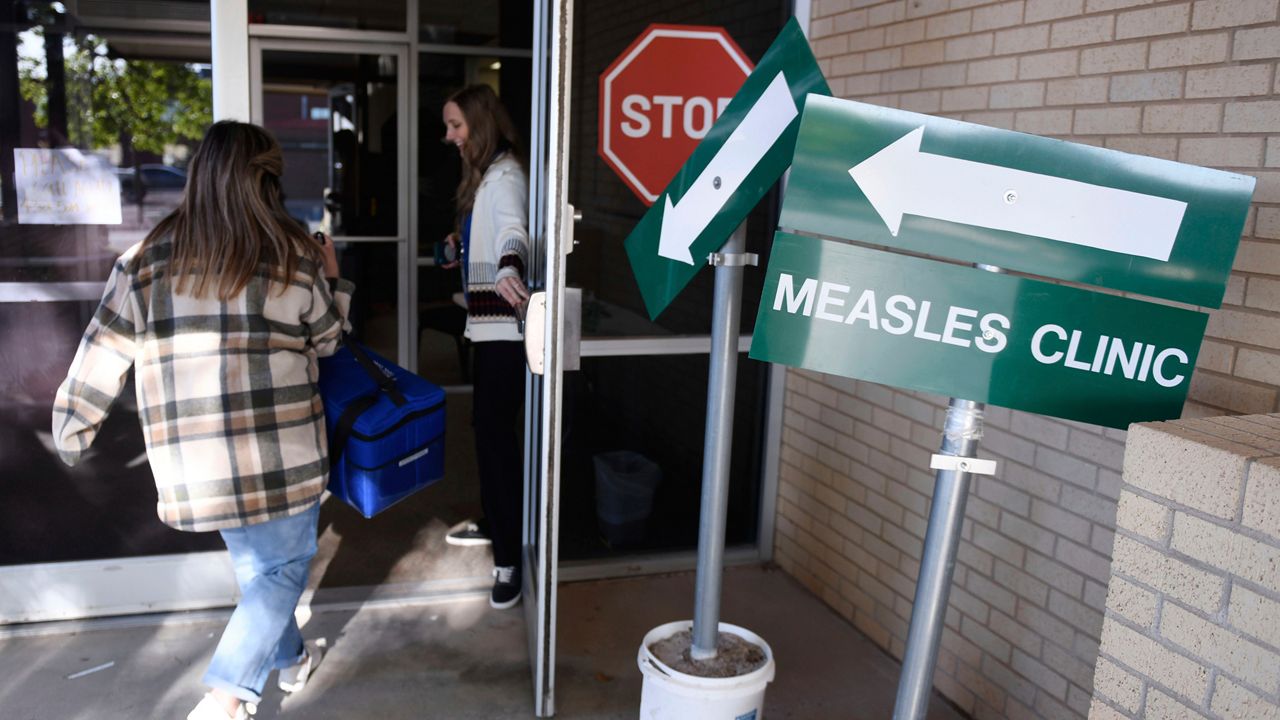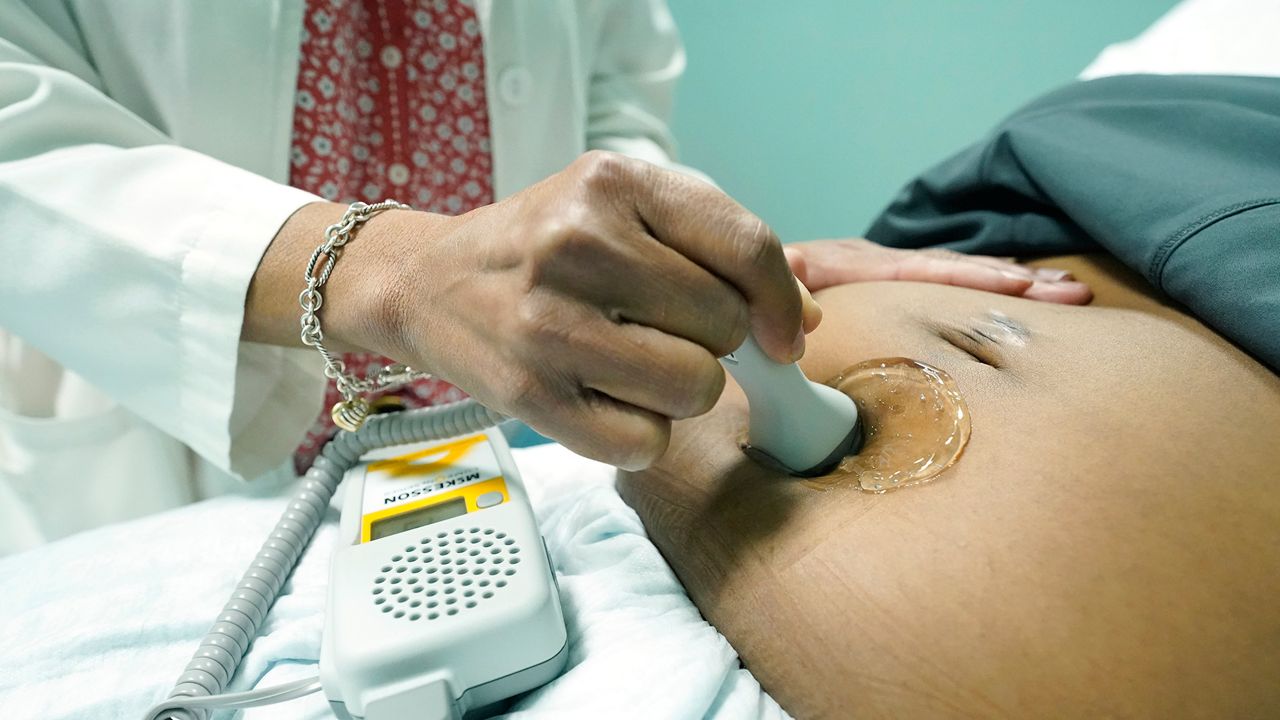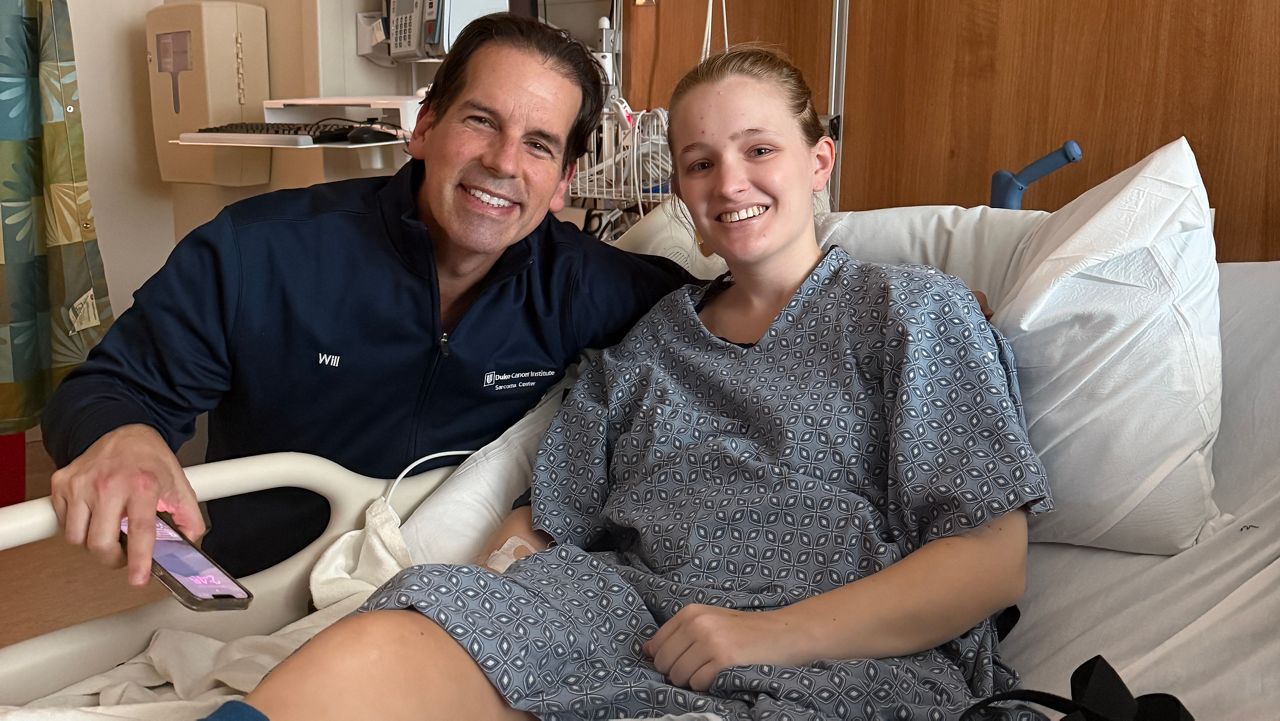RALEIGH, N.C. — One of the emerging ways to track COVID-19 and its variants is by testing sewage.
What comes out of the pipes gives us an idea about what may come next for the virus.
At the Raleigh City Wastewater Treatment Plant, water samples are collected and passed on to the state Department of Health and Human Services.
“COVID-19 is something that was new to us, but we are glad to help do our part,” Ed Buchan, the senior communications analyst for the Raleigh Water Department, said. “When this came up, it was just another opportunity to serve the community.”
As of this week, the seven-day average of hospitalized COVID-19 patients is the highest it has been in months. The N.C. Department of Health and Human Services posted online that 971 COVID-19 patients are hospitalized.
A new omicron subvariant, BA.5, has become the dominant strain in the state.
To keep up with COVID’s evolutions on a molecular level, state health experts are collaborating with municipal sewage plants like Raleigh’s.
The novel coronavirus exists in our waste. What you flush at home flows into the wastewater treatment plant.
Buchan described how most sewage pours into the plant before it is funneled through a maze of pipes, pools and concrete silos.
“This is where you would collect those samples to do any type of analysis for COVID,” Buchan said as he pointed to an open trough full of sewage.
Buchan, whose background is in environmental engineering, said the main role of the facility is to take raw sewage and convert it into clean, high-quality drinking water.
“It’s important work that has to be done. We have to keep all this equipment running 24 hours a day, 365 days a year. We are having to treat on average 52 million gallons of wastewater a day,” he said.“It’s important work that has to be done. We have to keep all this equipment running 24 hours a day, 365 days a year. We are having to treat on average 52 million gallons of wastewater a day,” he said.
Complex structural cleaning systems and manmade labor sift out various types of sediments. Buchan said it’s not uncommon to find wipes and grease make it to the facility.
“Ultimately what this facility is here for is to protect public health,” Buchan said.
On a macro level, samples are taken at the plant by wastewater treatment employees to pass on to the N.C. Department of Health and Human Services.
It’s another tool for tracking the footprint of the novel coronavirus.
“There are no holidays at the wastewater plant,” Buchan said.
There’s nearly a million more viral particles in wastewater now versus this same time last week according to the DHHS dashboard.
Doctors said fewer people are receiving COVID-19 swabs in doctor’s offices and public health drive-thrus. Instead, many are making use of at-home tests. That means fewer positive cases of COVID-19 are reported to health care providers.
Dr. Virginia Guidry, branch head for occupational and environmental epidemiology at the DHHS, said wastewater surveillance has a place.
“Our PCR-based testing numbers aren’t as reliable to show us the COVID burden in a community. So wastewater monitoring is coming along to fill that gap,” Guidry said.
Wastewater monitoring is one of four ways DHHS is continuing to monitor COVID-19 and its variants within North Carolina.
“We are really watching to see what happens here in the next couple weeks to see if that translates to a statewide increase as well. Definitely some sites (where) rates are increasing, and they’re at a pretty high level,” she said.
The four metrics to track to provide a more complete picture in the pandemic are wastewater, COVID tests, hospitalizations and emergency department visits.








